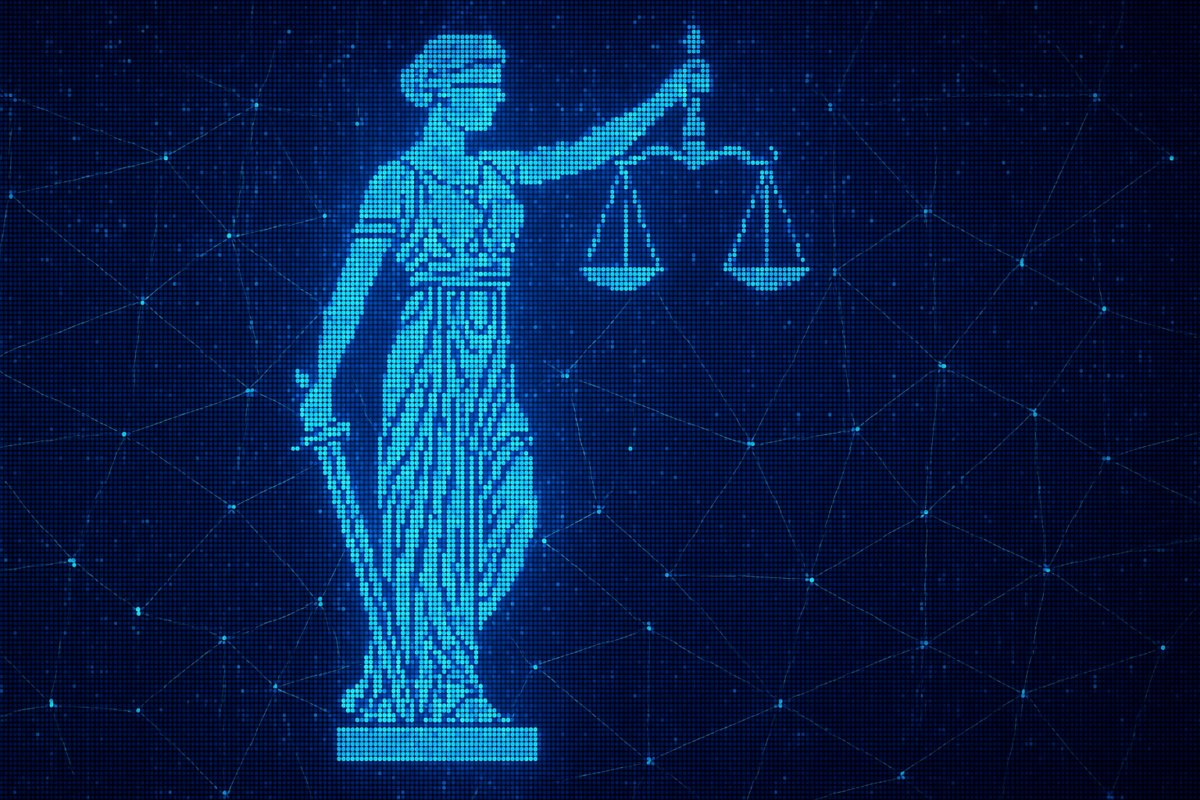Sora represents a turning point in OpenAI’s pursuit of AGI, leveraging video as a medium for training models in real-world logic and dynamics.

Illustration by Nalini Nirad
Today, OpenAI launched its most-awaited video-generation model, Sora, which, according to the company, is a calculated step toward achieving artificial general intelligence (AGI).
“This is critical to our AGI roadmap. Video will be an important environment where we’re gonna learn, or the AI is gonna learn a lot about how to do things that we need in the world,” said OpenAI chief Sam Altman on the third day of the ‘12 Days of OpenAI’.
Unlike text-based interactions, which Altman called limiting, video enables AI systems to simulate and respond to real-world scenarios. “If the AI systems are primarily what you interact with by text, I think we’re missing something important,” said Altman, admitting that “this early version of Sora will make mistakes.” He, however, expressed confidence in its potential to advance AI capabilities and augment human creativity.
Sora’s latest release incorporates storyboard-based sequencing and dynamic video manipulation, which aim to move AI beyond generating videos to understanding and interacting with complex environments.
This development addresses critiques like those from Yann LeCun, Meta’s chief AI scientist, who previously argued, “The generation of mostly realistic-looking videos from prompts does not indicate that a system understands the physical world.”
LeCun elaborated that generative video systems focus on producing one plausible outcome rather than solving the harder challenge of causal prediction, which involves generating meaningful, abstract representations of continuations in a scenario.
At the time, he contrasted OpenAI’s approach with Meta’s joint embedding predictive architecture (JEPA), which focuses on predictions in “representation space” rather than pixel reconstruction, offering better performance in downstream tasks.
A Step Closer to AGI?
Sora represents a turning point in OpenAI’s pursuit of AGI, leveraging video as a medium for training models in real-world logic and dynamics. “We’re just scratching the surface of what’s possible,” Altman noted. With Sora, OpenAI takes another bold step toward its ultimate goal—developing AI that understands and interacts with the world as humans do, one frame at a time.
This release comes on the heels of another significant development in generative AI: Google’s launch of Genie 2, a foundation world model capable of generating interactive 3D environments from simple text prompts. Using Google’s Imagen 3, Genie 2 allows users to create dynamic, hyper-realistic worlds with interactive features like gravity, object manipulation, and character animations.
Similarly, World Labs, a startup led by Fei-Fei Li, unveiled a competing 3D scene generator focused on creative workflows and prototyping interactive experiences.
While Genie 2 and World Labs’ models push the boundaries of embodied AI by creating expansive 3D environments, OpenAI’s Sora emphasises video generation as a foundational medium.
By simulating complex scenarios through dynamic video, Sora lays the groundwork for AI systems that can reason and interact within both virtual and real-world settings, addressing the growing demand for technologies that bridge generative AI and embodied intelligence.
Why OpenAI May Be Leading the Race
It wouldn’t be surprising if, by the end of OpenAI’s ‘12 Days’ campaign, Altman confidently announced a breakthrough in AGI. Speculation around this has been mounting, with a user on X cheekily suggesting, “I bet you will drop AGI on the last day, confirmed it Sam.”
That explains why Altman recently expressed confidence in OpenAI’s progress, hinting that AGI may be within reach as soon as 2025. “I think we are going to get there faster than people expect,” Altman said in a conversation with YC chief Garry Tan, adding, “We actually know what to do… it’ll take a while, it’ll be hard, but that’s tremendously exciting.”
A singular focus and conviction drive OpenAI’s advancements. As Altman recalled, “We said from the very beginning we were going to go after AGI at a time when in the field you weren’t allowed to say that because that just seemed impossibly crazy.” This strategic clarity has enabled OpenAI to stay ahead in the race to AGI, even with fewer resources than competitors like Google DeepMind.
The competition in AGI is intensifying, with major players such as Google, Meta, Anthropic, and xAI advancing their approaches. NVIDIA CEO Jensen Huang recently remarked, “The race to reach AGI is getting fierce… the prize for reinventing intelligence altogether… it’s too consequential not to attempt it.” While acknowledging the challenges ahead, Huang noted, “Everything is going to be hard. But nothing is impossible.”
[This story has been read by 14 unique individuals.]
Aditi Suresh
Aditi is a political science graduate, and is interested in technology, AI, social media, and online culture.
Subscribe to The Belamy: Our Weekly Newsletter
Biggest AI stories, delivered to your inbox every week.
February 5 – 7, 2025 | Nimhans Convention Center, Bangalore
Rising 2025 | DE&I in Tech & AI
Mar 20 and 21, 2025 | 📍 J N Tata Auditorium, Bengaluru
Data Engineering Summit 2025
May, 2025 | 📍 Bangalore, India
MachineCon GCC Summit 2025
June 2025 | 583 Park Avenue, New York
September, 2025 | 📍Bangalore, India
MachineCon GCC Summit 2025
The Most Powerful GCC Summit of the year
![]()
Our Discord Community for AI Ecosystem, In collaboration with NVIDIA.

 4 months ago
33
4 months ago
33













